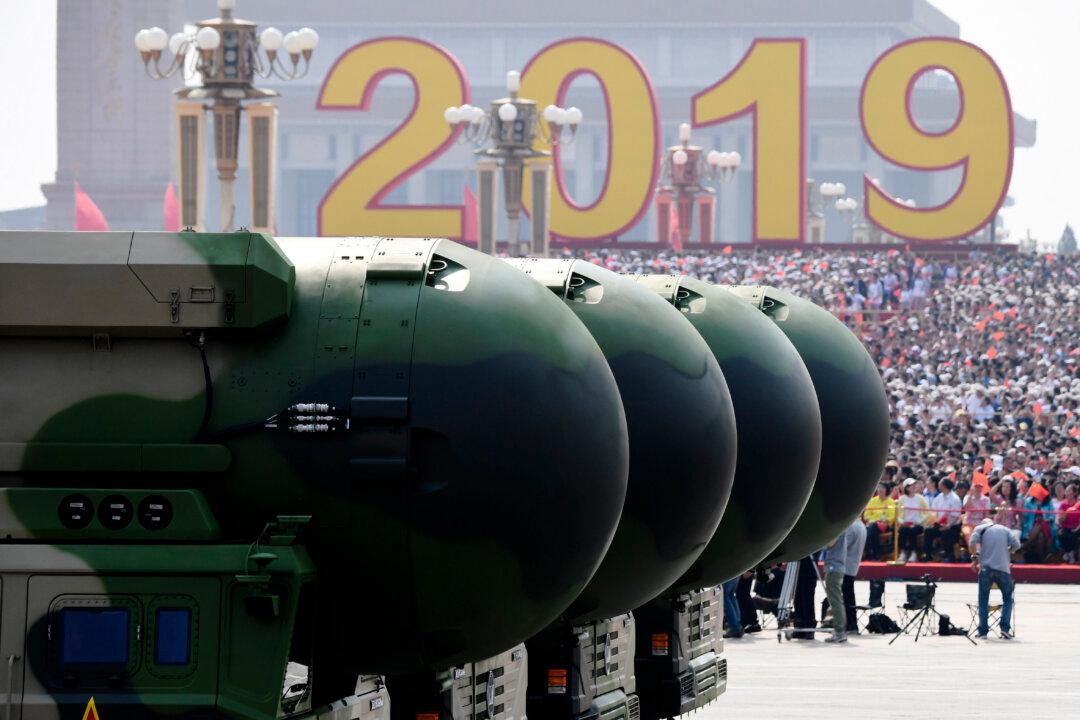Xi Jinping, head of the Chinese regime, has been making headlines over the last two years for his sweeping anti-corruption campaign that has disciplined tens of thousands of Chinese officials, among them dozens of high-ranking Communist Party cadres.
But even as the Party comes up with confession after confession from tearful former officials, mass arrests and arbitrary torture are hardly permanent solutions to deep problems of political culture.
The method exemplified by Yongzheng in the Qing Dynasty (1644–1911) between 1722 and 1735 was more comprehensive and organic, taking a whole-of-society approach to the problem and implementing far-reaching reforms that refined policies at every level.
When Yongzheng took power, the previous emperor, Kangxi, had left him a powerful empire—but it suffered from factionalism and excessive privilege, especially among the Manchu people, who had conquered China, set up the Qing Dynasty, and composed its imperial elite.




